Dear Editors,
I am a subscriber of your magazine Military Heritage. Recently, I have noticed that the tremendous, extraordinary battles and strategies of WWII have at best received minimal coverage. Articles commemorating D-day, naval action, and island landings in the Pacific Ocean, or air raids over Europe are the only recognition of that vast, devastating clash of arms. Why? Can this situation be remedied?
May I suggest that the spotlight on the Civil War be refocused elsewhere? I am all too familiar with the ravines, and gullies, and cow pastures between Gettysburg and Nashville.
Irving Eisenberg
Orchard Park, New York
We can’t dispute the important place World War II holds in history, particularly for our world today, which is why you’ll find it covered in almost every issue of this magazine. For readers who want more, we suggest you look for our sister publication, WWII History.
The Six Day War
Dear Editors,
I got my August 2004 issue of Military Heritage and was pleased to see an article about the Arab-Israeli wars, especially by Eric Hammel whose work I much admire. A quibble though—the sidebar about Shermans and Pattons is inaccurate on a couple of points.
The American-made M-48 Pattons supplied to Israel by West Germany were not retrofitted with 105mm guns until after the 1967 war. The Israeli M-48s on hand for the Six Day War, most of which fought with the 7th Armored Brigade in Sinai, were armed with the standard 90mm gun of the M-48A1-A3 models. Indeed, the photo provided in the sidebar shows an IDF 90mm armed tank, which is distinctive for the horizontal muzzle break at the end of the gun. Numerous photos of Israeli tanks in action in 1967 show them armed with the 90mm gun, and any number of references indicate the same, e.g., The Israel Army, by Edward Luttwak and Dan Horowitz, 1975. Likewise, Jordanian M-48s were armed with American 90mm guns, not British 20-pounder cannon. What is true is that Israel retrofitted British-supplied Centurion tanks with 105mm guns, and these served in 1967 in the West Bank and Sinai. The original gun on the Centurion was a British 20-pounder which Jordanian Centurions carried during the Six Day War.
It is true that the 90mm gun on the M-48 and the 20-pound British gun on the Centurion were comparable weapons, but it is not correct to say that Israeli M-48s carried 105mm guns in 1967, or that Jordanian M-48s carried 20-pounders. They both carried the American-made 90mm gun in the Six Day War.
Jonathan F. Keiler
Bowie, Maryland
Arlington Cemetery
Dear Editors,
I’m a bit late, but let me congratulate you on your Editorial in the February 2004 issue about Arlington Cemetery. In 1952 when I was 14 and living in Connecticut, our Boy Scout Troop sold Christmas cards to raise enough money to take a trip to Washington, DC. It was the trip of a lifetime and I still remember it as if it were just yesterday. We went to all the famous sites and even had breakfast with our Connecticut Congressman, Abraham Ribicoff, who later became a Senator and Governor. Of all the sites that stood out, Arlington Cemetery is one that still stays with me, even today. We were fortunate to have a guide arranged for us, a WWI Army Master Sergeant with a chest full of ribbons and a sleeve full of hash marks. He told us the history of the cemetery, how the property had belonged to John Parke Custus; Martha Washington’s son. His son, George Washington Parke Custus built the mansion, which later became the home of Robert E. Lee.
He then stopped and asked us how old we were. Most of us were between 14 and 16 years old. To our surprise, he then looked toward the lines of graves and pointed to them, saying that many of the people buried there were our age. You can imagine what a surprise and shock that was to us. He said that young boys like us had lied about their age and joined the services to fight for their country. He then went on to say that these young people had never had a chance to grow up, go to college, get married, have children, live long lives, and vote in their country’s elections.
Arlington Cemetery is not just hallowed ground. It’s a place that all Americans, at least once in their lifetime, should make a trip to visit, and while they are there, they should just quietly say to all that reside there: “Thank you.”
Les D. Lewis
Wheeling, West Virginia
Constantinople
Dear Editors,
This is the first time I am sending a letter to you, and I would like to congratulate you on the remarkable magazine you are publishing. I have read the June issue of Military Heritage, and I would like to make some comments on the article regarding the fall of Constantinople to Mehmet II. At the very beginning of the article there is a painting which—according to the author—depicts Turks storming Constantinople. However, if you look closely you will see that many “Turks” who have the Holy Cross on their tunics, and their ships are flying the colors of the Republic of Venice (a red flag with the lion of St. Mark, patron saint of Venice). This can only lead one to the conclusion that the painting is depicting the fall of Constantinople to the Crusaders of the 4th Crusade in 1204. The Crusaders plundered the city, causing more damage than the Turks. Many artifacts carried away from Constantinople can still be seen in Venice today.
Further down, the article states that a Hungarian in the Ottoman service founded cannon for the Turks; this is half-true. The man called Urbanus, or Urbani, was working at first for the Byzantines; when he saw that the Turks were paying more money, he did what every mercenary would be expected to do in such a situation: he changed sides and shared valuable information regarding the city’s defenses, etc. Other than that, the article was very informative and well written, and I congratulate Mr. North for his effort.
For me as a Greek, it was a pleasant surprise to see an article regarding a moment in my nation’s history, even though it could be considered our darkest hour. For us Greeks, the Middle Ages lasted for almost 400 years, until the war for independence in 1821.
Ioannis Athanasopoulos
Kalamata, Greece
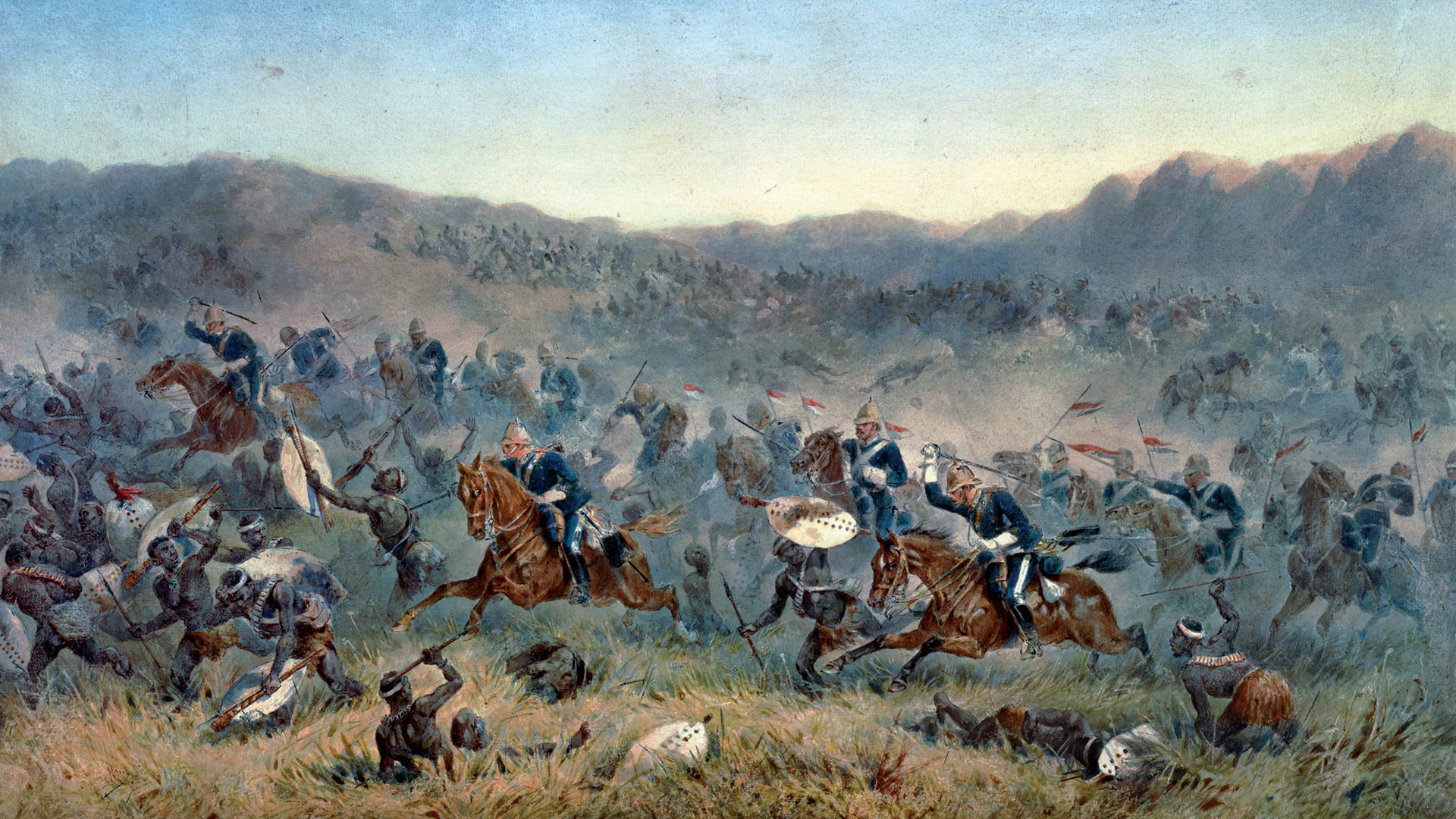
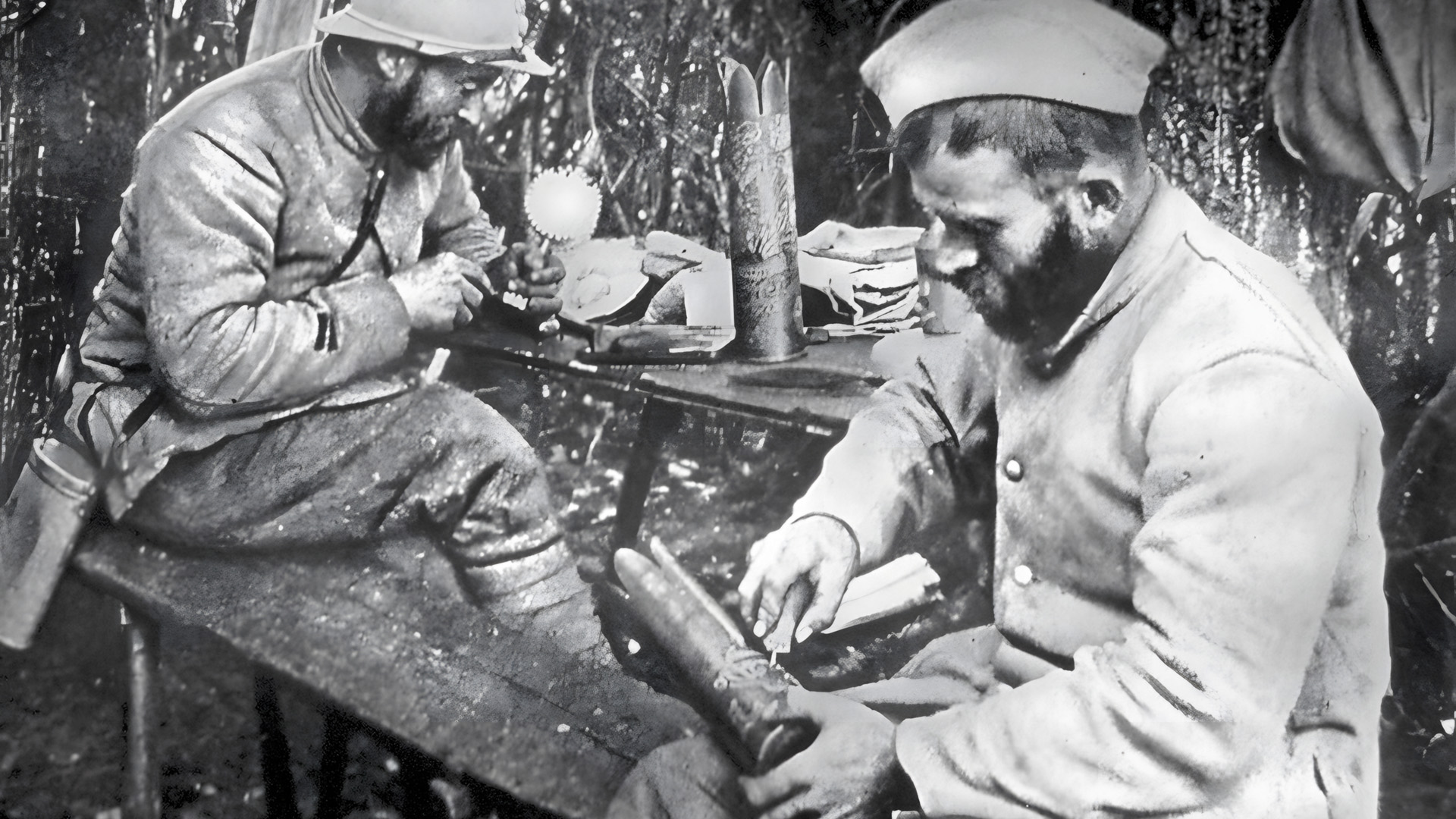
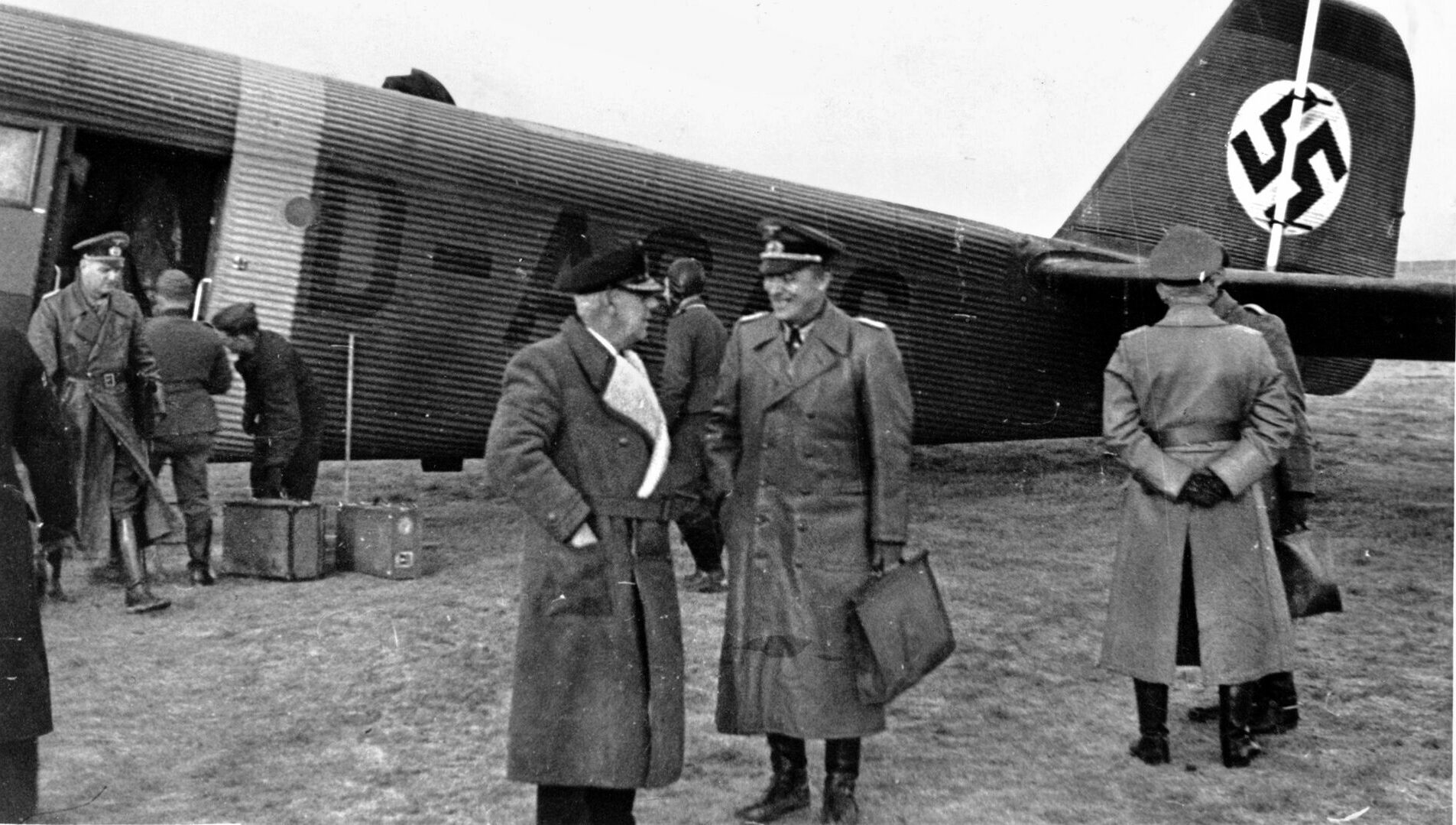
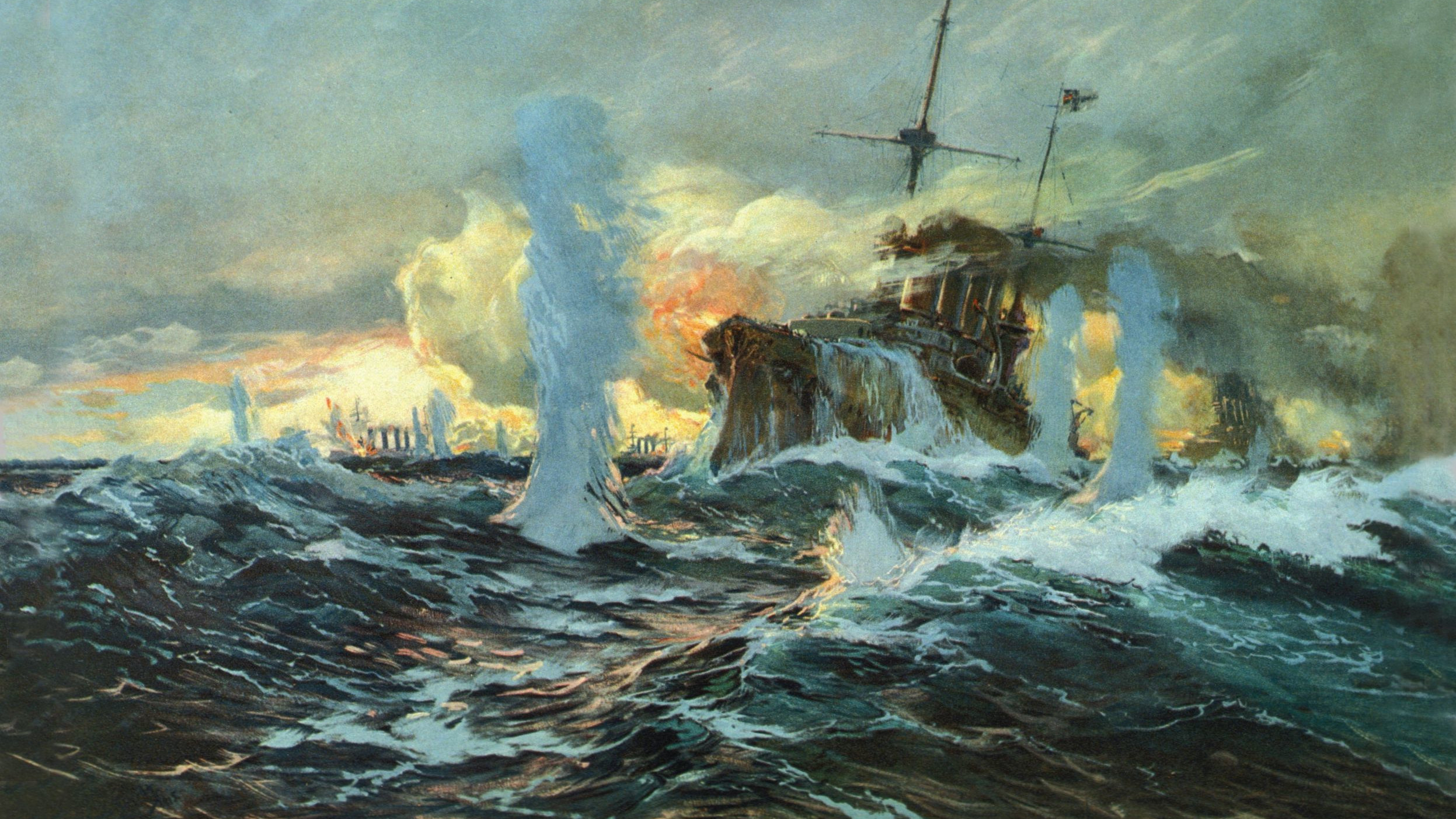
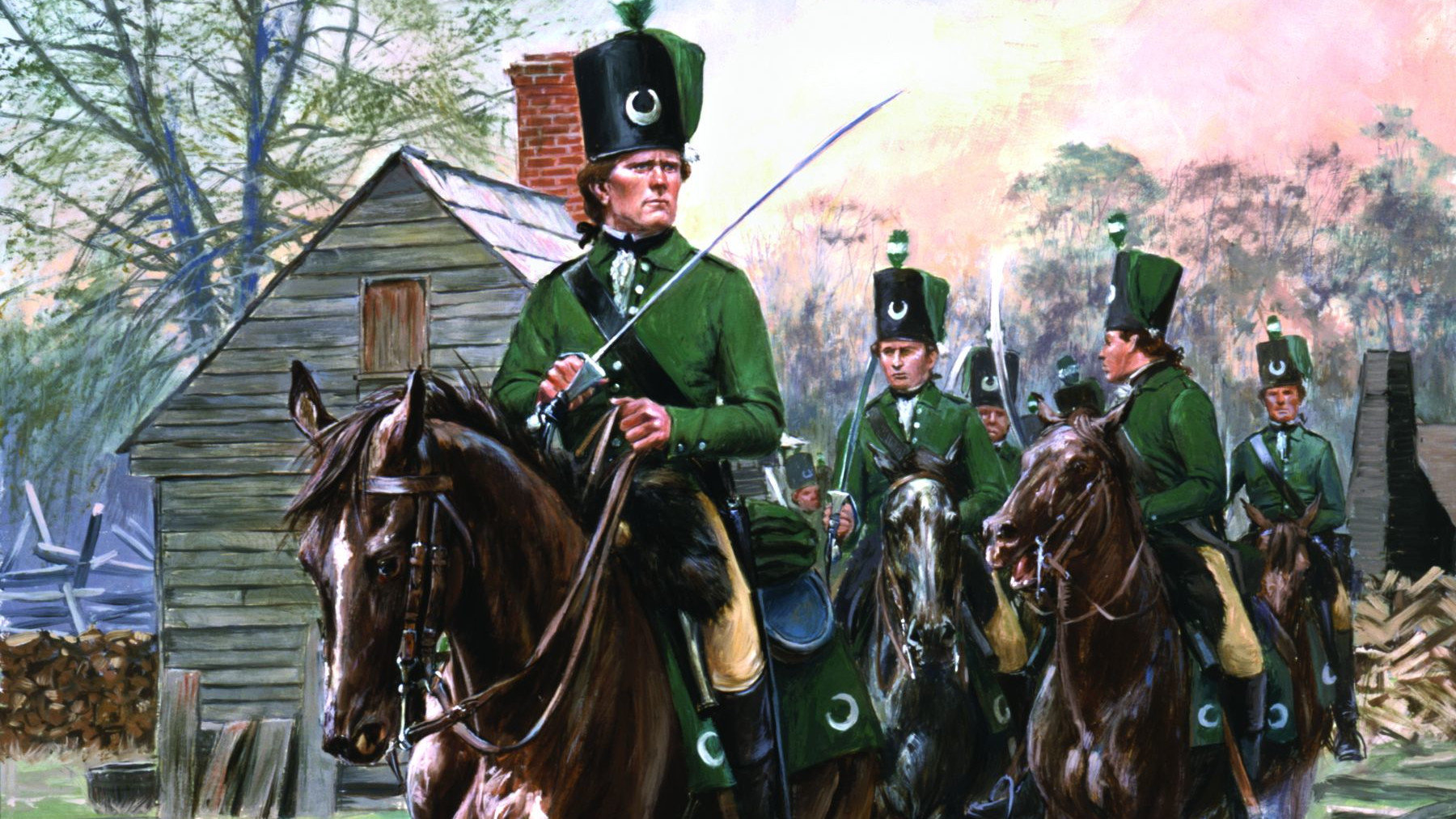
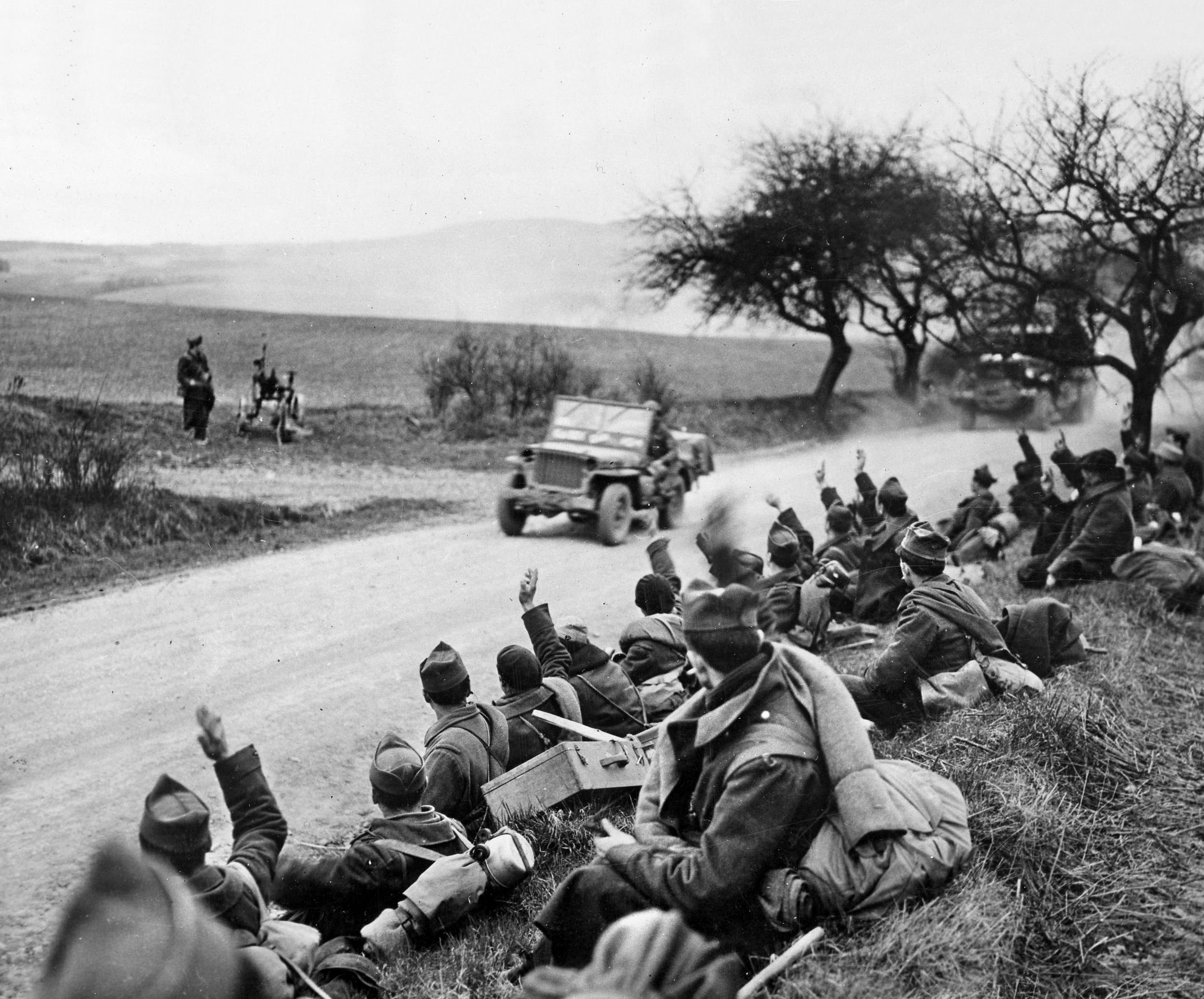
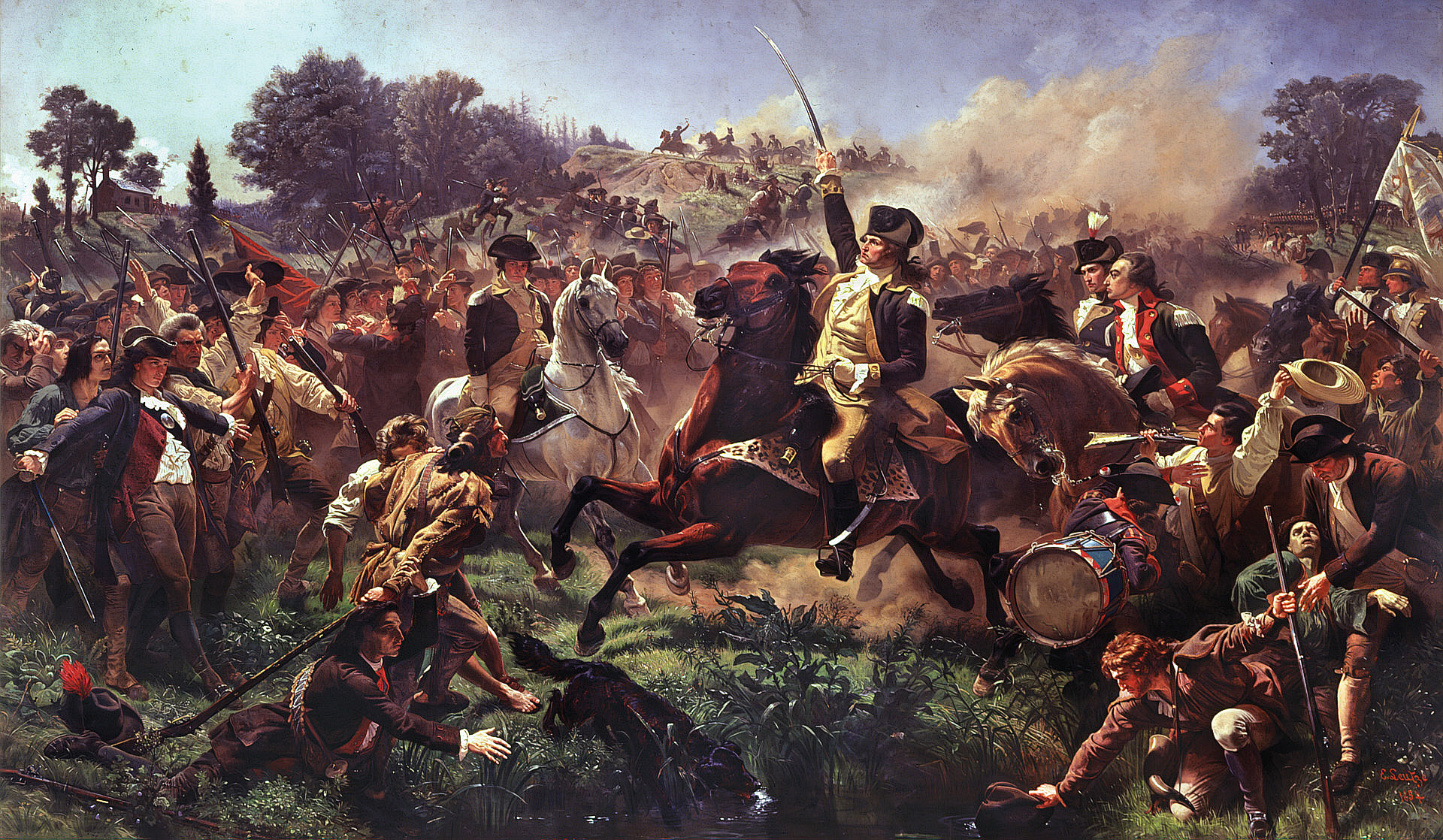
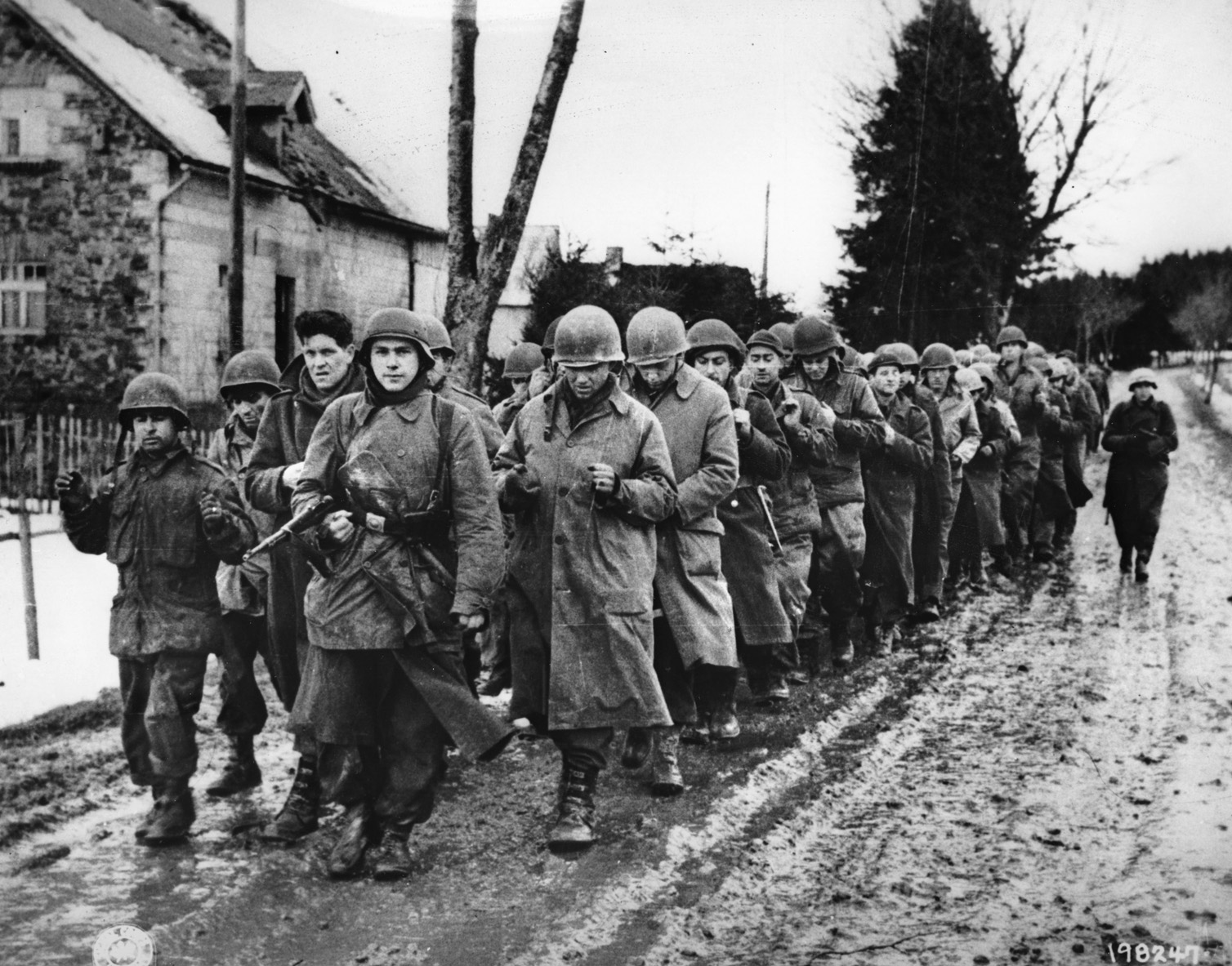
Join The Conversation
Comments
View All Comments